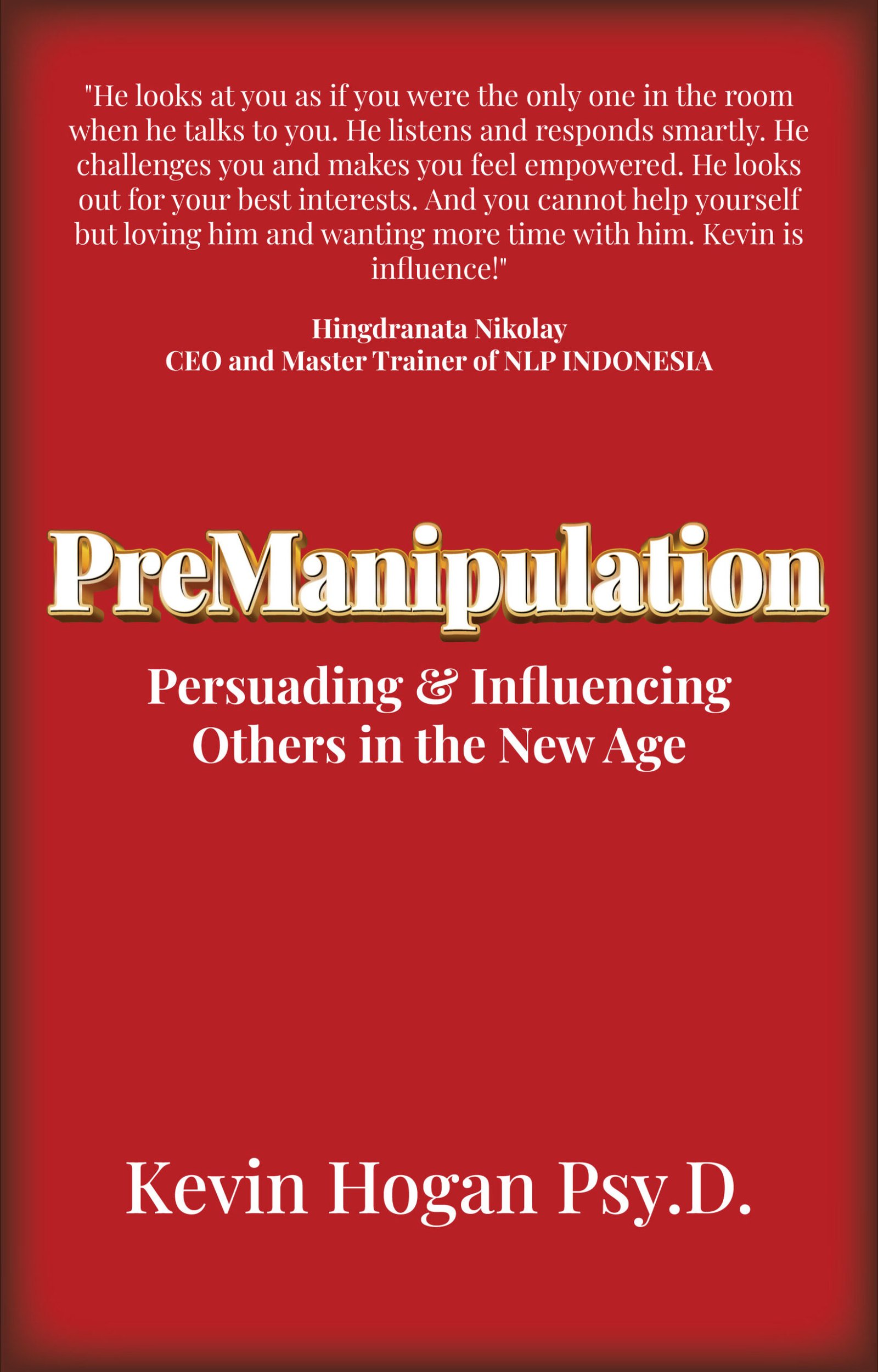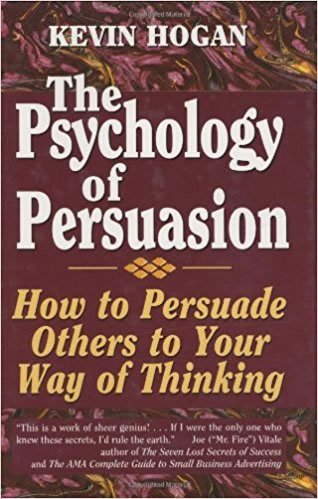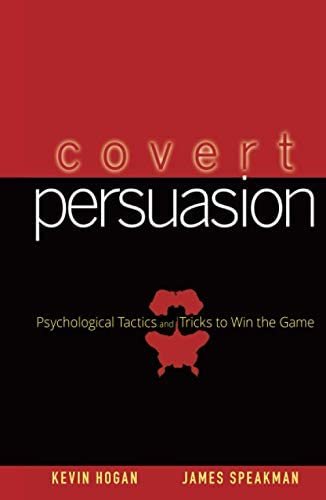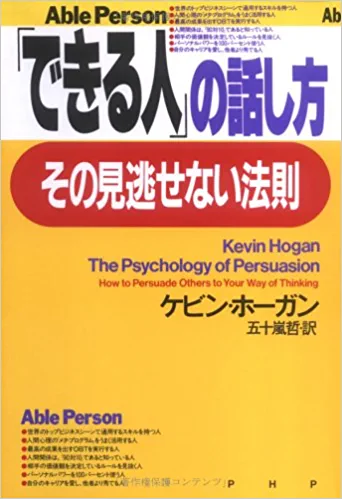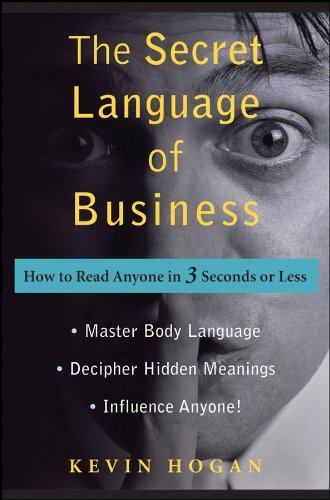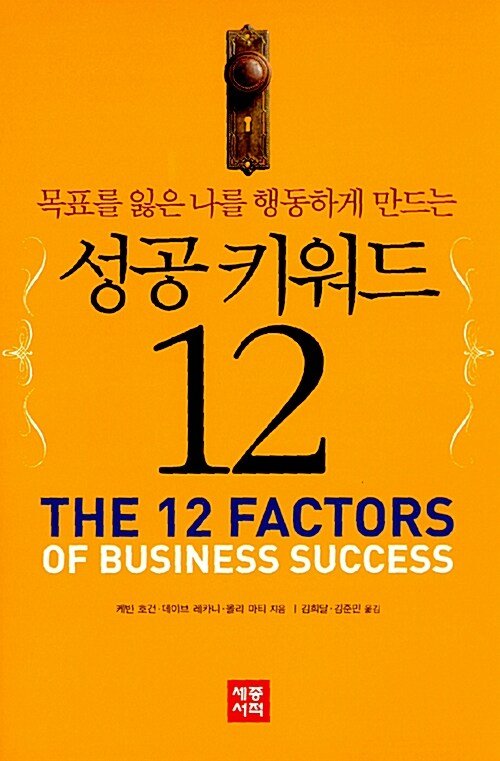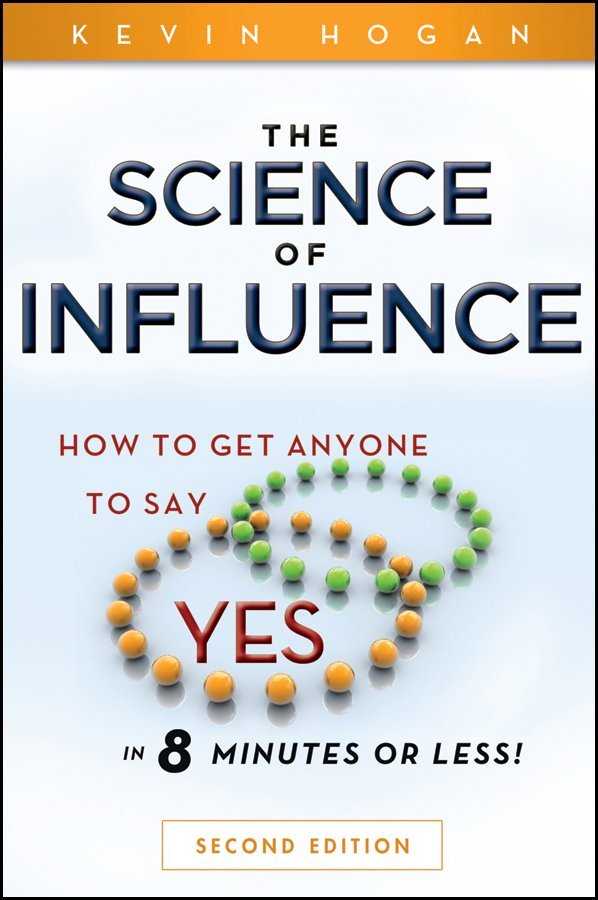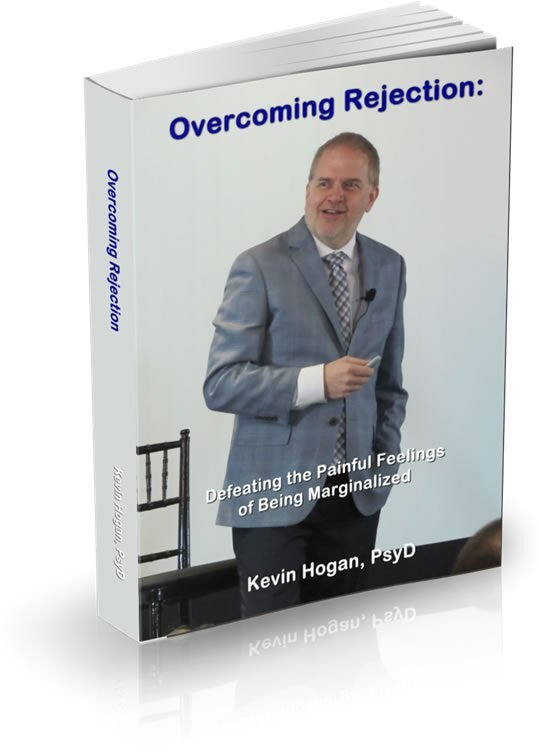New Research Reveals New Insights!
I was talking this week with Kate White. Kate is one of the most influential women in media. She took over as Editor-In-Chief of Cosmopolitan magazine for Helen Gurley Brown 7 years ago. (We aren’t old friends or anything, she was just calling to talk with me about her next book.) Helen Gurley Brown…talk about big shoes to fill! Anyway the November issue of Cosmo is out today, and they did a nice piece with me on body language on pages 42-45.
I do a lot of interviews with women’s magazines. Probably six times as many women’s magazines as men’s magazines. Women are constantly trying to gain understanding of men and what we are thinking. That’s why the nonverbal communication/body language interviews are a constant in life…
Now a woman can go pick up a copy of Cosmo at Barnes and Noble but let me tell you…the first time I picked up a copy of Cosmo with an interview with me in it, the girl gave me a look. “Are you sure you want this?”
Then it dawned on me that I was supposed to be embarrassed. A guy reading Cosmo. And then I actually did feel a little uncomfortable.
“I’m in the magazine.” I told her that…she almost rolled her eyes. She thought I was trying to convince her I was one of the guys in the magazine…like one of the girls in Stuff or Maxim!
She completed my order without saying another word.
It made me think of how I used to feel when I’d pick up a copy of Playboy at 7-11 a million years ago. You’d have to get the magazine then grab a diet Coke, Snickers, today’s paper and another magazine like Sports Illustrated. Then you had enough to go up to the counter and pick up this months issue of Playboy. I’ve often wondered what the average receipt for a sale with Playboy as vs. that of purchases with any other type of magazine.
I remember seeing a guy buy nail clippers with his copy once. I just smiled.
And of course, if the cover of a magazine is too edgy, you can’t bring it to the counter at all… ya’ just didn’t want the gal at the check out thinking you were some kind of deviant.
Is there any logic in buying patterns?
Logic in Buying?
There is nothing logical about how we buy things or even WHAT we buy. You buy the Sports Illustrated to compensate for the Playboy. You’ll never open the thing. You already read the results of the Sunday games in the Monday paper. You don’t need the Thursday issue of SI…but you buy it because of the Playboy…and become addicted to Snickers in the meantime.
These early experiences have helped me frame book titles, program names, titles of articles and so forth. Everyone has some emotional “moral biases” running through their head. For some people it’s about the environment. They want to buy and SUV but know it burns a ton of gas and therefore buy something else.
Someone else might want to buy a fur coat but have a perception that others are judging them as they consider it… because it used to be a living animal. (There were no PETA people in the Old West days…)
20 years ago, Playboy was the hottest magazine in the United States. The National Enquirer sold many copies as well.
Playboy is a liberal yet intellectual magazine. Beautiful women to be sure… but as any honest man will tell you, there are only 20 pages of women and 300 pages of densely written copy. Everyone from Deepak Chopra to President Jimmy Carter has written for Playboy. Only once did I buy a copy solely for the Interview and that was December 1980. John Lennon. I was actually reading his interview when I got a phone call from a friend telling me he had been shot…another story for another day…
Key Factor in Men’s Behavior
But the innovators figured out a key factor in male behavior. Men don’t want to be perceived as deviant, but they desperately want to see beautiful women. Thus, the switch from the old to the new.
The perception of morality is what the purchaser hopes to change in the minds of people around him. Reality is meaningless. It is perception that matters in the purchase.
So, what can you do, and how do you utilize this information? Continue to find out.
Make Your Product or Service Safe to Buy
Whatever your business, profession or what you sell, there is a PERCEPTION that makes it difficult at times to buy what you sell. There is a way it can be framed so it’s embarrassing and guilt provoking or a way to make it safe and palatable.
KEY POINT:
And it’s not the individual’s morals or values but what they BELIEVE THE MORALS OF THOSE IN THE ENVIRONMENT TO BE.
“Why did you buy Maxim?”
In response, you couldn’t say, “for the articles,”. But nobody asks, because no one cares. But with Playboy, some people cared, so the standard line of “…great article” came into culture three decades ago. It’s not the morals of the buyer, but the people in the store around the buyer, and of course, the people who are in the environment of the buyer at home or office…that matter.
For my work, getting people to achieve is often difficult because of “self sabotage.” I’ve found that people won’t buy something with that word in the title. Change the title to something palatable, and they can buy it, appreciate it, give the program incredible reviews and everything…is wonderful.
Right now, we’re in the process of writing the next book that will pick up where Irresistible Attraction left off. And it will blow people away. And it will be difficult to pick up in a book store because you’ll think the check out clerk is judging you!
What Does the Research Reveal?
Research just out this week fills in even more details about just how perceptions of “morality” influence people’s decisions. NOT their own morality, but the morality of others…often people they do not know!
What Does the Research Show?
How we perceive another’s moral character can influence the nature of our economic decisions and the neural mechanisms underlying these choices, according to a new study by researchers at New York and Cornell universities. The findings, which appear in the latest issue of the journal Nature Neuroscience, run counter to the assumptions favored by many economists that individuals behave opportunistically.
The study’s researchers were Mauricio Delgado, a post-doctoral research fellow at NYU, Robert Frank, an economics professor at Cornell’s Johnson School of Management, and Elizabeth A. Phelps, a professor of psychology and neural science at NYU.
In conducting the study, researchers examined brain responses while participants performed a “trust game” involving two-person interactions in which mutually beneficial outcomes are more likely if partners are trustworthy and perceive one another as such.
Participants could either keep $1 on a given trial or transfer it to a partner, in which case the partner would receive $3. The partner could either keep the entire $3 or share half of it back. It was thus advantageous to transfer money to a partner who was expected to share, but disadvantageous to transfer money to one not expected to share.
Participants were instructed that they would be playing with three fictional partners and were given detailed descriptions of each partner’s life events indicating praiseworthy, neutral, or suspect moral character. Participants were also told that their fictional partners’ responses would not necessarily be consistent with the descriptions given. In fact, each of the three fictional partners–“good,” “bad,” and “neutral”–was programmed to share half the time and keep half the time.
Despite having been warned that the fictional partners’ behavior might not match their descriptions, participants were initially much more willing to transfer money to good partners, and much less willing to transfer money to bad partners. But after having completed multiple trials with each type of partner, participants reported correctly that the different partners seemed to be sharing at about the same rate. Strikingly, however, participants continued to be more likely to trust good partners and less likely to trust bad ones, even though they indicated explicit knowledge that the response patterns for the different types were the same.
In mapping participants’ underlying neural processes, the researchers discovered activation in the brain’s striatum–more specifically, a structure called the caudate nucleus–which had previously been linked to reward processing. The brain responses matched the patterns traditionally seen during trial and error reward learning (i.e., differential responses between positive and negative feedback) only when participants were interacting with the neutral partner. In contrast, activation was either weak or absent when subjects were playing with good or bad partners.
“It was as if the influence of participants’ prior impressions served to disrupt some of their normal feedback learning mechanisms and consequently affected their ability to adapt choices,” explained Delgado.
The study’s findings run counter to the self-interest model in economics.
“The self-interest model predicts that people should be skeptical of everyone,” Frank said. “Yet people seem reluctant to adopt that posture toward someone described as trustworthy, even when they know the description is fictional.”
According to Phelps, these findings suggest that “second-hand accounts of moral character can override the impact of first-hand experience of trustworthiness as expressed in both behavioral choices and the underlying neural mechanisms”
![]()
![]()
![]()
Who wants to learn how to APPLY all of the techniques, strategies, and tactics of influence that you have been learning for the past two years in the Science of Influence Library?
That’s what I thought.
Well, you are in for a treat, because have I got an influence treat for you! Science of Influence Part III focuses on the newest information available about reactance and resistance in persuasion. You’ll find cutting-edge research that you haven’t seen yet which shows that there are four specific manifestations of resistance (unconscious instantaneous resistance).
- Reactance
- Scrutiny
- Distrust
- Inertia
You are going to learn how to utilize the other person’s resistance so that it works to the favor of the persuasion process. No one has ever talked about this before.
Obviously, that information alone would be enough to justify any “price.” But you know me…
Want more?
Did you know that putting reactance into a story reduces or eliminates the resistance? I’ll show you what the research says and how to do it. Raising unconscious resistance (reactance) can help eliminate (in part or whole). I’m going to show you how.
Discussing bogus information from sources that lack in credibility can raise your ability to influence or send resistance through the roof. I’ll show you how to avoid the train wreck and make it all work.
Want more?
Your wishes have come true. A number of devoted students and masters of influence asked me to give you my proven applications of the selling and persuasion techniques that you have learned about in the Science of Influence Library. These full length CD’s accomplish an outcome no one has ever been able to achieve. You will learn the absolute most cutting edge material in sales techniques, belief change and influence then learn how to apply them. Bonus? You’ll learn applications of the most powerful material from the prior 30 CD’s in the Library.
What can you learn that no one has shared with you before?
- An integrated template that allows you to model a successful sales presentation utilizing techniques learned in the Science of Influence.
- The absolute single most important factor in influence. Learn how to make it part of your personality…because it probably isn’t…yet!
- Your counterpart needs to be in a very specific frame of mind the moment you ask the big question. I’m going to reveal specifically how I do it, then give you the research showing other proven modalities.
- Six specific ways to keep resistance at bay. Once you’ve overcome it, you need to stop the tide from rolling in again…and it will if you don’t handle it with these six techniques.
- The single most important determining factor in reading their mind.
- I take you through numerous step by step processes for applying everything I have uncovered in the field of persuasion and influence and make it manageable for you.
- The 5 most common mistakes experts make in influence and persuasion. I promise you do all of these things. I did. When you eliminate them…well you tell me…
- The reason that the prescription you prescribe that will at first seem perfect for your client will cause them to bolt. Stop it now.
- Learn how to overcome desperation on your part or the client’s part. Desperation is the single biggest killer in one on one influence.
- Secret: Persuasion is most effective when it is interactive. Here is how to accomplish that!
- Dealing with buyer’s remorse in advance…and when it happens. How to turn buyers remorse into long term permanent loyalty.
- Why telling your counterpart the most sensible, easiest, fastest way to accomplish their goal will kill your sale. How to beat the problem before it brings out the ax…
Of course there is more.
You don’t need to have listened to the prior CDs to gain full benefit from this program. If you have mastered the prior library of CDs, I absolutely guarantee you that this program will make you wonder how you could have possibly had more to learn, to utilize, to create change, to solidify your expertise and become the ultimate master of persuasion.
Learn More or to Order

